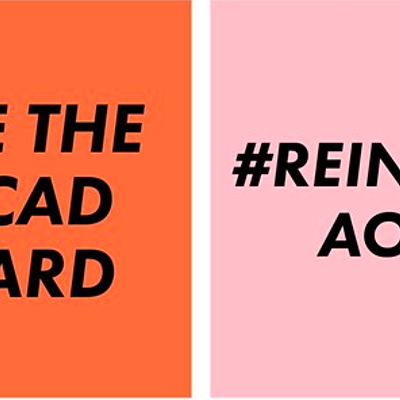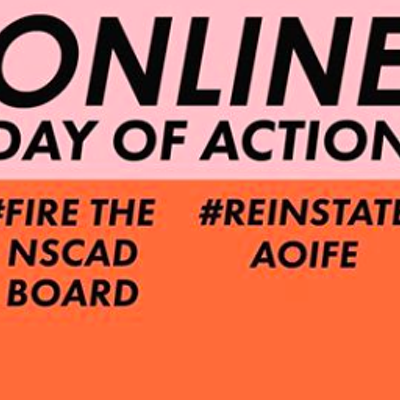First, let's acknowledge that making The Oval permanent will entail one-time capital costs. It's my desire that these costs be kept to a minimum: whatever's required in terms of a base and making the area useful in the summer---I see it as an inline skating oval in the summer months. I very much discourage much else: we don't need permanent buildings on site, additional washrooms, etc. A big part of the joy of The Oval is it's not some gigantic operation; let's keep it that way.
City staff will soon detail the capital costs in a report to council, but I'm hearing they'll be in the ballpark of a million dollars, with the number increasing significantly as we add buildings and so forth. But let's leave that conversation for a later day. For now, I want to concentrate on the operating costs. In the initial report outlining the operational and maintenance costs of the existing, temporary, Canada Games oval, city staff pegged the one-season cost to the city at $110,000. That figure was lower than a full season without the Canada Games, which is covering much of this winter's operating costs. The figure being used now for permanent operating and maintenance costs of The Oval is $250,000 annually.
A quarter of a million dollars is a lot of money. I recently spoke with a non-profit director who said that's more than her agency's entire budget. But, from a city perspective, $250,000 is practically a rounding error---there are individual staff people who make more than that. Dan English's salary alone was $400,000. Mayoral assistant Peter Duffy, who merely writes press releases and plays around on Twitter, makes somewhere between $80,000 and $140,000 annually, and no one at all would miss him should his salary be diverted to The Oval upkeep.
But still, people seem to be getting worked up about these relatively (for the city) puny costs. So let me put it in still more perspective.
Tax rebates
We taxpayers have recently been hit with a bill for millions upon millions of dollars to subsidize recreation facilities, but that new cost was accepted without a peep from the public. This new cost came via Stephen Harper's targeted tax credits: in all his deviousness, Harper orchestrated a series of tax rebates targeting precisely the demographic he needs to capture to win a majority in parliament---middle class parents.
Among Harper's tax rebates is the Children's Fitness Credit, which allows parents to deduct $500/year from their tax form, reflecting costs spent on enrolling their kids in recreation programs like hockey camp and the like.
Soon after, the Nova Scotia government implemented a similar program, called the Healthy Living Tax Incentive, which likewise gives parents a $500 per child deduction for recreation costs.
In 2008, some 32,400 claims were filed under the Health Living Tax Incentive in Nova Scotia, costing taxpayers $1,539,216.90, says Department of Health and Wellness spokesperson Adèle Poirier. That's $1.5 million, each and every year, coming straight out of the provincial budget, so middle class parents can sign their kids up at the Sportsplex, or wherever. This is over and above the regular, continuous taxpayer subsidy for those recreation facilities.
Understand that I firmly believe that we absolutely should be subsidizing recreation costs---the benefits more than pay for themselves, and government has the obligation to help provide for recreation. But the targeting nature of the tax rebates bothers me; for reasons of political expediency, not general welfare, children of middle-class parents benefit, while lower-income parents, young adults and elderly, don't.
"The tax incentive only works if you file a tax return, which many low-income families don't," says Poirier, who goes on to note that the "government invests $405,000 annually in KidSport which helps low-income families with up to $300 per child for sport activities." But it works the other way around, too: you need to file an income tax return in order to qualify for the low-income subsidies, and besides, those expenditures don't help adults, of any income.
Which brings us back to The Oval.
People skate on The Oval for free. You don't have to join anything, pay any membership fees, show an ID. Just show up and skate. The relaxed ease of using The Oval is precisely what's bringing people out in droves.
Not to pick on the Sportsplex (I'm a member!), but let's look at the numbers. Users interested in using the ice can buy a family membership for $799 annually, and apply for both the federal and provincial $500 tax incentive. Alternatively, if you're not a member, a family skate during the limited public skating is $10 per visit. On The Oval, a family can simply walk over and start skating, no direct costs to them.
It's worth noting that The Oval is near a low-income neighbourhood, and its central location makes it easily usable by elderly people without access to ice.
If we're willing to shell out $1.5 million annually in subsidizing people who can afford $800 recreation facility fees, why aren't we likewise willing to spend just $250,000 to pay for people who can't?
Advertising on The Oval
I also want to again raise the issue of advertising, or selling naming rights to The Oval. This is, in a word, scandalous.
Never once has it been suggested that the tax rebates given middle-class parents should be paid for via advertising or naming rights---no one has suggested that we call it the Pepsico Healthy Living Tax Incentive, that the rebate forms include advertising or that people accessing the provincial website to learn about the program first endure a 30-second commercial. So why is it simply taken for granted that we can make such impositions on users of The Oval?
There are so many problems with advertising on the Common, or selling naming rights to a public facility on the Common, that should the city go down that route, I'll reverse the support I've given to making The Oval permanent---I'd rather have no oval at all, than have the Common commercialized.















